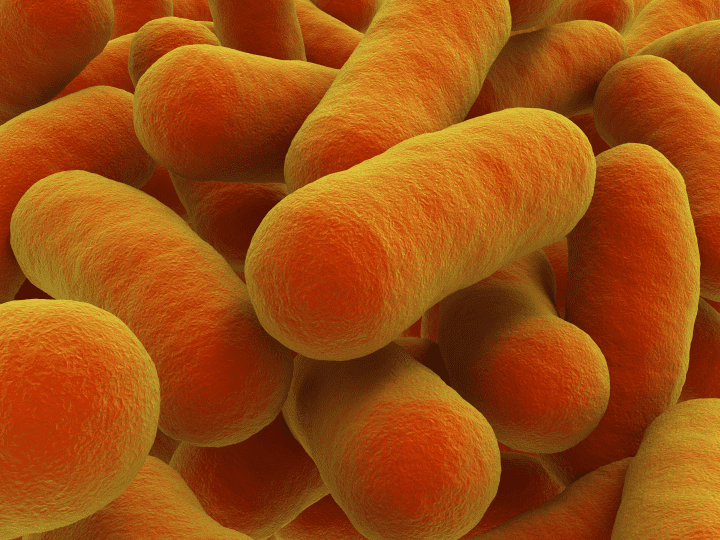Elastin fibers in arteries form when tropoelastin molecules come out of solution thanks to solubility-enhancing hydrophobicity.
“Soluble tropoelastin molecules are exported to the extracellular matrix, where they come out of solution and form fibres in all vertebrates. Fibrillogenesis therefore requires that tropoelastin be first soluble and then insoluble. If a tropoelastin molecule is naturally soluble, fibre formation could be initiated by aggregation of large hydrophobic patches, but it may be difficult to collapse the entire molecule. The opposite strategy would be to make tropoelastin itself insoluble, making fibre formation easy, and use chaperone proteins to keep it from coming out of solution, or coacervating, prematurely. Since all elastins are hydrophobic, all should have the potential to coacervate, but the coacervation temperature in some is probably too high for it to occur naturally. The coacervation temperature can be lowered by increasing the hydrophobicity.” (Chalmers et al. 1999)







